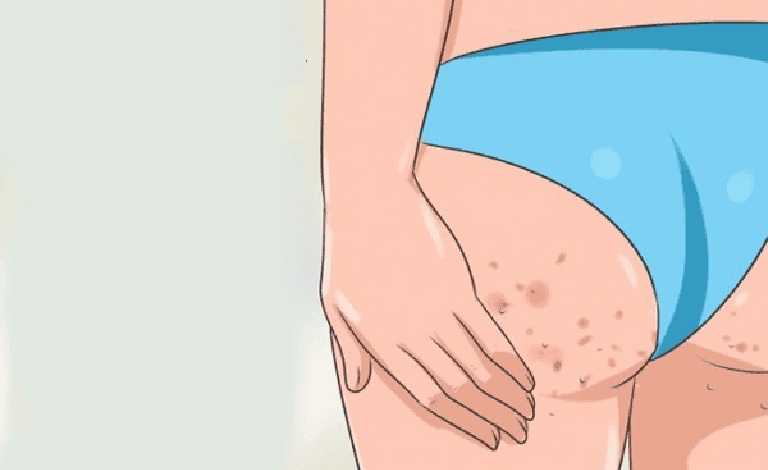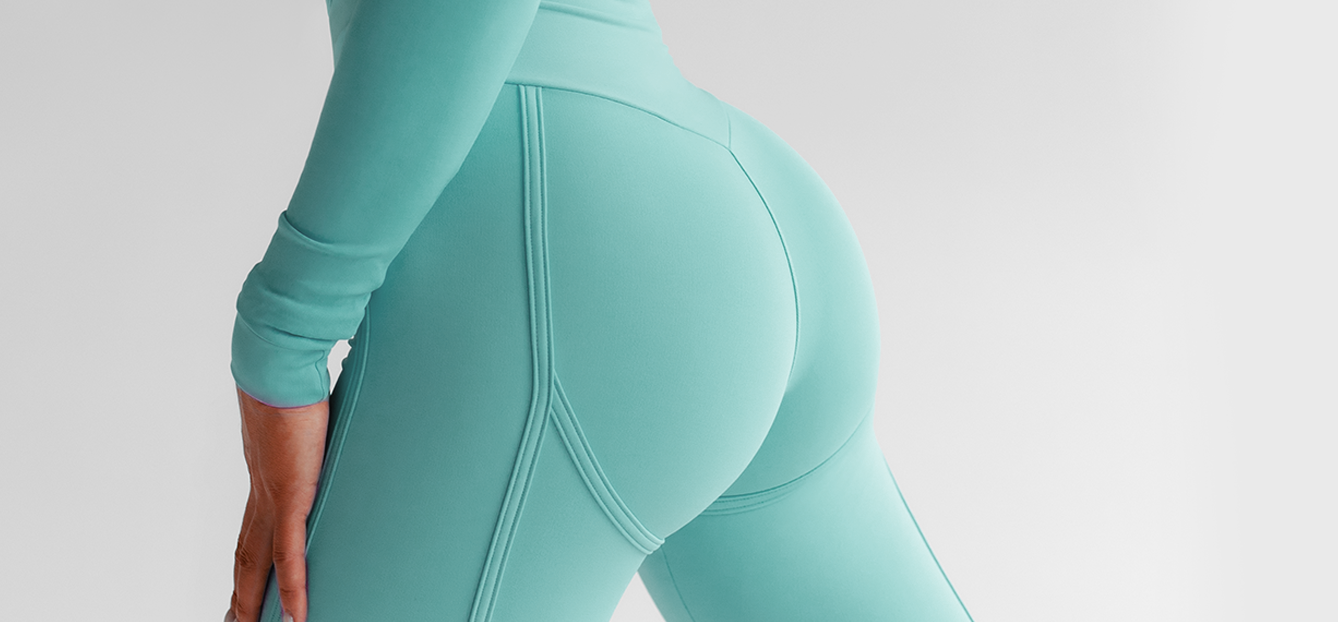KP Skincare Routine Infographic: A Guide for Beauticians
As a beautician, understanding the nuances of various skin conditions can significantly enhance the quality of care you provide to your clients. One such condition that often requires a tailored approach is keratosis pilaris (KP). This article delves into the intricacies of a KP skincare routine infographic, providing essential insights and tips to help you design effective skincare regimens for your clients.
Keratosis pilaris, often referred to as 'chicken skin', is a common skin condition characterized by rough patches and small, acne-like bumps, typically on the arms, thighs, cheeks, and buttocks. While it's harmless, it can be a cosmetic concern for many.

Understanding Keratosis Pilaris
Before diving into the skincare routine, it's crucial to understand what causes KP. This condition occurs when keratina protein that protects skin from infections and other harmful thingsbuilds up and blocks hair follicles. This results in the formation of rough, bumpy skin.
While the exact cause of keratin buildup is unknown, it is believed to be associated with genetic factors and might be linked to other skin conditions like atopic dermatitis.
Importance of a Tailored Skincare Routine
For beauticians, crafting a KP skincare routine tailored to individual needs is vital. Each client will have different levels of severity, skin types, and personal preferences that influence their routine.
Using a KP skincare routine infographic can help beauticians visualize and customize these routines effectively. By breaking down each step visually, you can communicate the process more clearly to your clients.
Components of a KP Skincare Routine
Here are some essential components to include in a KP skincare routine:
1. Gentle Cleansing
Start with a gentle cleanser that doesn't strip the skin of its natural oils. This step is crucial as harsh cleansers can exacerbate KP symptoms. Opt for products labeled as 'fragrance-free' and 'sensitive skin safe'.
2. Exfoliation
Exfoliation is key to managing KP. It helps remove dead skin cells and prevents keratin from building up. Glycolic acid, lactic acid, and salicylic acid are great options for chemical exfoliation. However, it's essential to customize the frequency of exfoliation based on your client's skin type and condition severity.
For a deeper understanding of exfoliation techniques, you might find this KP Skincare Checklist helpful.
3. Moisturization
Hydration is critical in a KP skincare routine. Advise using thick, emollient-rich moisturizers that help retain moisture in the skin. Ingredients like urea, hyaluronic acid, and glycerin can be particularly beneficial.
4. Sun Protection
Encourage clients to use sunscreen daily. Sun damage can worsen KP symptoms, so a broad-spectrum SPF 30 or higher should be part of the daily routine.
Monitoring and Adjusting the Routine
As KP can vary widely between individuals, regular monitoring and routine adjustments are necessary. Encourage your clients to observe their skin's response to the routine and make necessary modifications. Keeping a journal can be helpful in tracking progress and identifying triggers that may worsen the condition.
For additional tips on monitoring and adjusting skincare routines, check out this Weekly Skincare Plan for KP.
Educating Clients About KP
As a beautician, one of your roles is to educate your clients about their skin conditions. Providing them with resources like a KP skincare routine infographic can empower them to take control of their skincare and make informed decisions.
For a comprehensive understanding of KP, you can refer to this detailed guide on keratosis pilaris.

FAQs on KP Skincare
What is the best way to exfoliate KP-affected skin?
Using chemical exfoliants like glycolic or salicylic acid is often recommended. However, it's important to tailor the frequency and type of exfoliant to each client's skin sensitivity.
Can diet affect keratosis pilaris?
While there's no direct link, a balanced diet rich in omega-3 fatty acids and vitamin A might support overall skin health. For more insights, read about the relationship between KP and gut health.
Is keratosis pilaris curable?
Currently, there is no cure for KP, but with proper skincare and management, its symptoms can be significantly reduced. Consistency in following a KP skincare routine is key.
By utilizing a KP skincare routine infographic and staying informed, beauticians can provide effective and personalized care to their clients, helping them achieve smoother, healthier skin.

